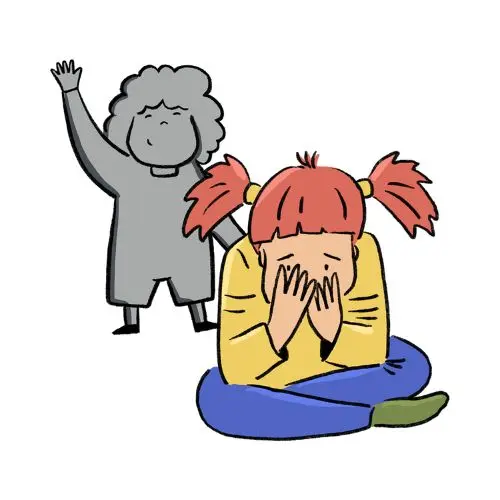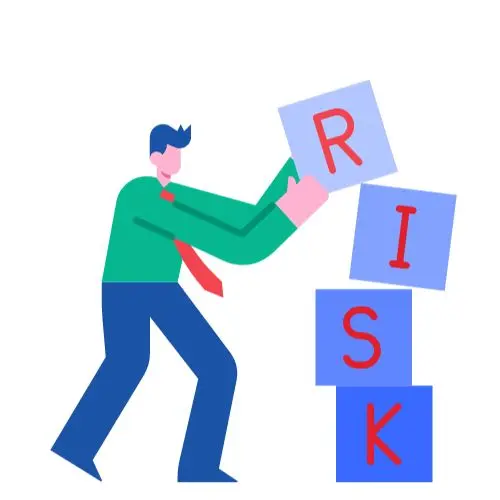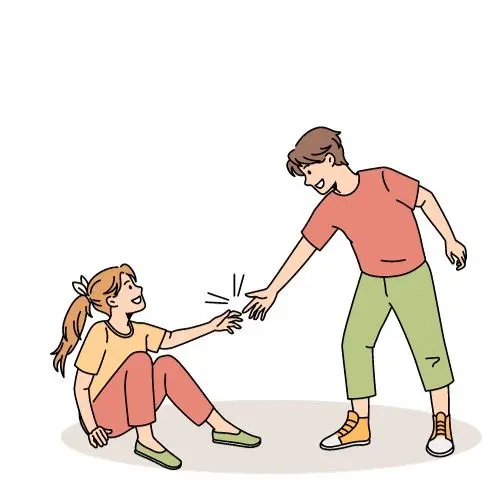Asocial and antisocial are two terms that are often confused with each other but have distinct meanings. This article will compare and contrast asocial and antisocial behaviors and personalities.
Key Differences At A Glance
| Asocial | Antisocial | |
|---|---|---|
| Motivation | Lack of desire for social interaction | Hostility toward others |
| Attitude toward norms/laws | Indifferent | Disregarding |
| Empathy | Intact | Impaired |
| Examples | Extreme shyness, intimacy avoidance | Deception, aggression, criminality |
What Does Asocial Mean?

Asocial refers to a lack of interest in socializing or engaging with others. Asocial individuals have no desire to interact and often avoid groups and social events. Some key characteristics of asocial personalities include:
- Preferring solitary activities
- Finding social interactions unpleasant or tiring
- Minimal interest in having friendships or romantic relationships
- Social detachment and reserve
- Social indifference rather than active hostility
Asocial behavior is mostly driven by factors like extreme shyness, social anxiety, or personality traits like introversion. Asocial people do not get any particular enjoyment or satisfaction from being antisocial. They have no innate drive for socialization. Their aloofness is better explained by their personalities than by antagonism toward others.
Asocial behavior can occur temporarily in anyone. For example, someone may act asocial while going through depression or grieving a loss. However, the term asocial personality refers to a lifelong pattern of detached, solitary behavior.
What Does Antisocial Mean?

In contrast, antisocial refers to actively violating or disregarding others’ rights. Antisocial personalities tend to be predatory and exploitative. Key traits include:
- Lack of empathy and disregard for others’ feelings
- Tendency to deceive and manipulate people
- Hostility, callousness, cynicism
- Disrespect for social norms, laws, and etiquette
- Impulsivity, risk-taking, and thrill-seeking
- Irresponsibility and unreliability
While asocial people merely want to be left alone, antisocial people are often parasitic. They take advantage of others for their own gain. Their antisocial behavior may include aggression, theft, vandalism, fraud, or criminality. They may fight, bully, or publicly embarrass others. They take dangerous risks without concern for consequences.
In essence, antisocial refers to behavior that actively violates the rights of others or disregards society’s main rules and conventions. This may stem from an inability to experience empathy, guilt, or remorse.
Asocial vs Antisocial Personalities

| Asocial Personality | Antisocial Personality |
|---|---|
| Avoids social interaction due to shyness, anxiety, or preference for solitude | Seeks social interaction but disregards others’ rights and feelings |
| Socially indifferent and detached | Hostile, manipulative, deceitful |
| Respectful of laws and norms | Disregard for rules, norms, and laws |
| Intact empathy and conscience | Lack of empathy, guilt, and remorse |
| Not inherently dangerous to others | Often parasitic and predatory |
While asocial behavior is mostly inwardly directed due to personality traits, antisocial behavior is outwardly directed against others. Asocial personalities are not inherently threatening, while antisocial personalities can be destructive.
Examples of Asocial Behavior
Asocial behavior manifests in various forms, including:
- Extreme social withdrawal and isolation
- Minimal speech and conversation
- Avoidance of activities that involve socializing
- Intense discomfort in groups or crowds
- Indifference toward forming relationships
- Preference for solitary hobbies and entertainment
- Limited interest in intimacy or sex
Without an innate drive for companionship, asocial individuals see little appeal in expending effort to socialize. They live independently and meet their needs in isolation.
Examples of Antisocial Behavior

In contrast, examples of antisocial behavior include:
- Deception, lying, and manipulation of others
- Aggressive acts like bullying, threats, or violence
- Property destruction, vandalism, and arson
- Theft, robbery, or breach of trust/fiduciary duty
- Reckless behavior and substance abuse
- Lack of hygiene, manners, or etiquette
- Harassment, public embarrassment of others
- Child neglect or abandonment
- Violation of workplace policies and rules
- Disregard for right-of-way or traffic laws while driving
- Failure to pay taxes, loans, child support, etc.
These behaviors trample on others’ rights or well-being. Some antisocial acts are criminally deviant, while others violate social norms, ethics, or common courtesy.
Causes and Risk Factors

Asocial
Asocial behavior often stems from:
- Introversion – deriving energy from solitude
- Social anxiety disorder or extreme shyness
- Autism spectrum disorders
- Schizoid personality disorder
- Childhood trauma or isolation
- Neurological conditions like schizotypal disorder
Antisocial
Antisocial behavior has been linked to:
- Genetic and biological factors
- Childhood neglect, abuse, or poor supervision
- Exposure to violence or deviance
- Personality disorders like narcissistic, borderline, psychopathic
- Neurological deficits in processing emotions
- Substance abuse
- Head injuries or abnormalities of the prefrontal cortex
Getting Help

Asocial behavior alone does not require treatment, though counseling may help address underlying traits like extreme shyness. However, antisocial behavior often necessitates intervention to prevent harm to self or others. Treatment options include:
- Psychotherapy, such as cognitive-behavioral therapy or dialectical behavior therapy
- Family or couples counseling
- Support groups for parents of troubled adolescents
- Medications to reduce aggression or treat associated mental illness
- Substance abuse rehabilitation
- Close supervision of youth through structured activities
Early and continuous intervention offers the best chance to curb antisocial behavior before it progresses further. However, treatment becomes more challenging in adulthood if antisocial habits are firmly established.
The Takeaway
Asocial and antisocial personalities represent opposite extremes on the social engagement spectrum. Asocial people have little innate drive to interact and prefer solitude. In contrast, antisocial people engage in exploitative social behavior that disregards others’ rights. Understanding the key differences and origins of these tendencies can help address them constructively.
